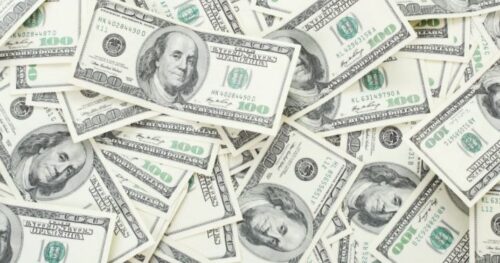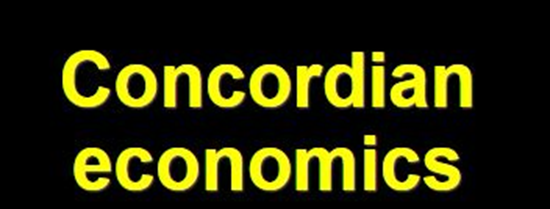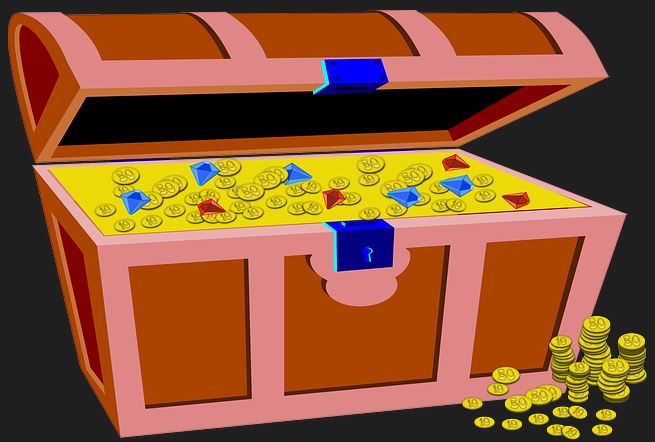Where Does US Money Come From and Where Does It Go?
In the United States, money is created as credit and debt. The US Constitution1 allows the federal government to produce money directly, but that is not how the nation has chosen to operate for most of its money. In this post, we look at the various sources for issuing credit and debt that provide money to run the country.

From a photo by Giorgio Trovato on Unsplash.


